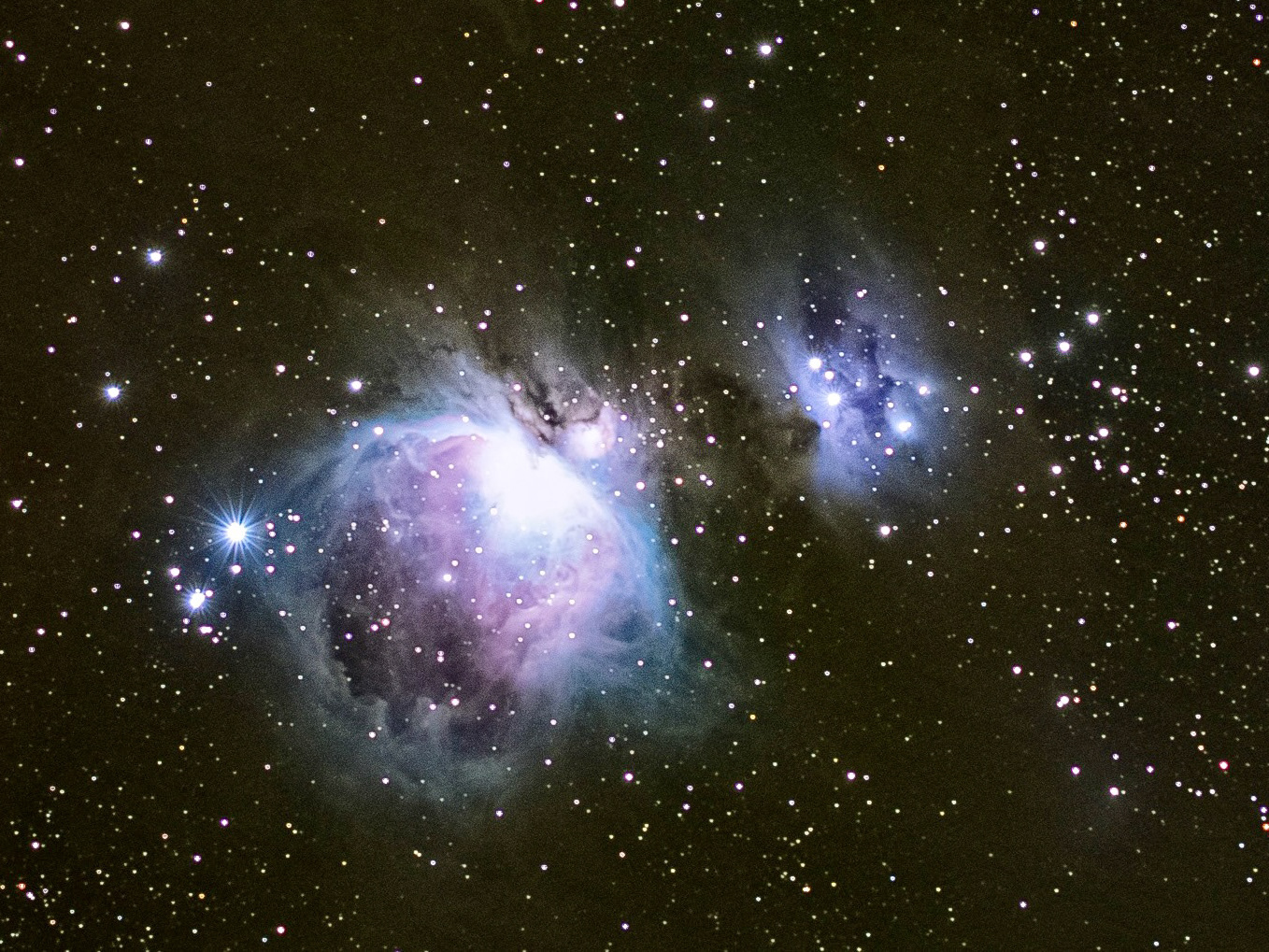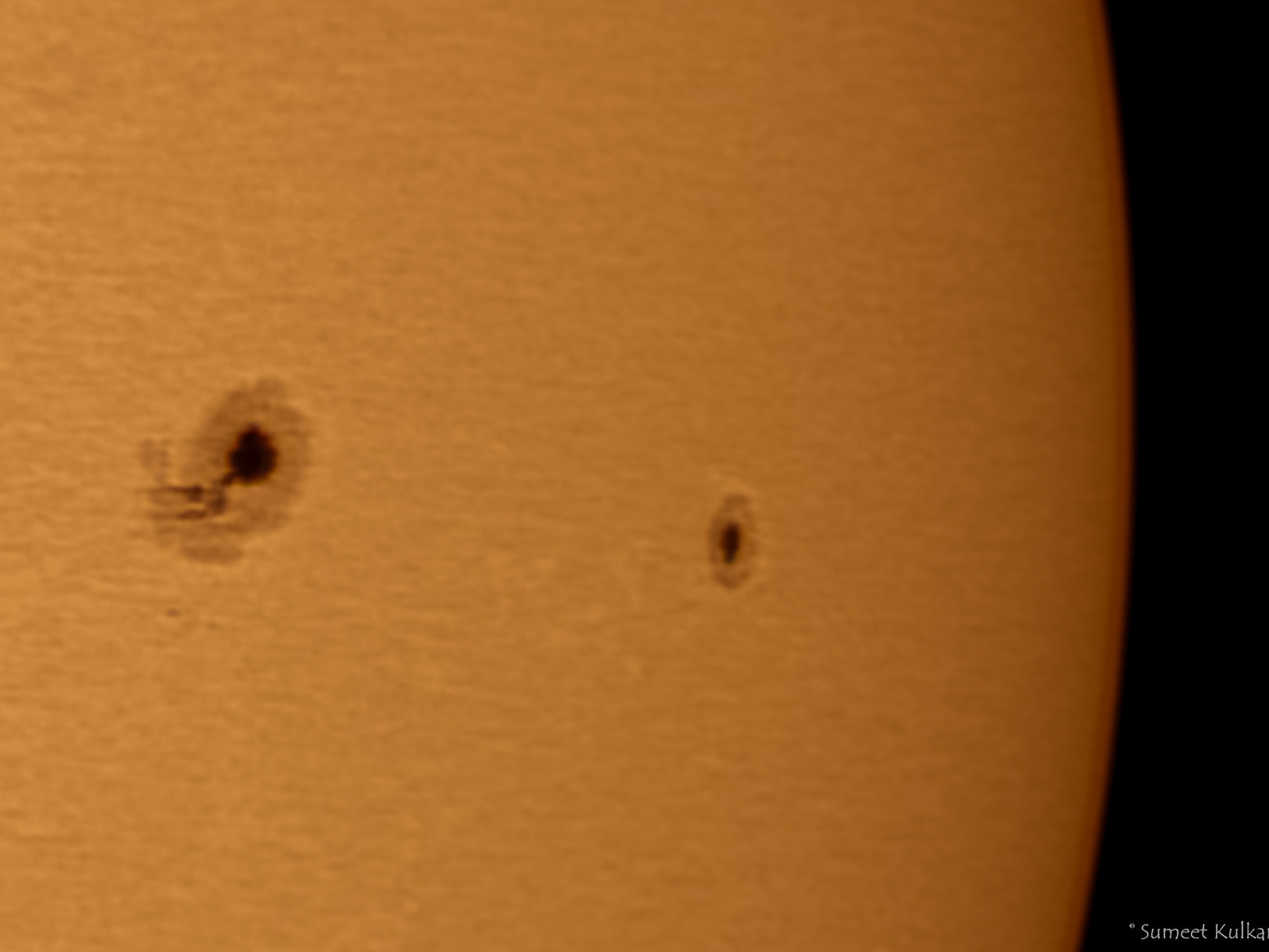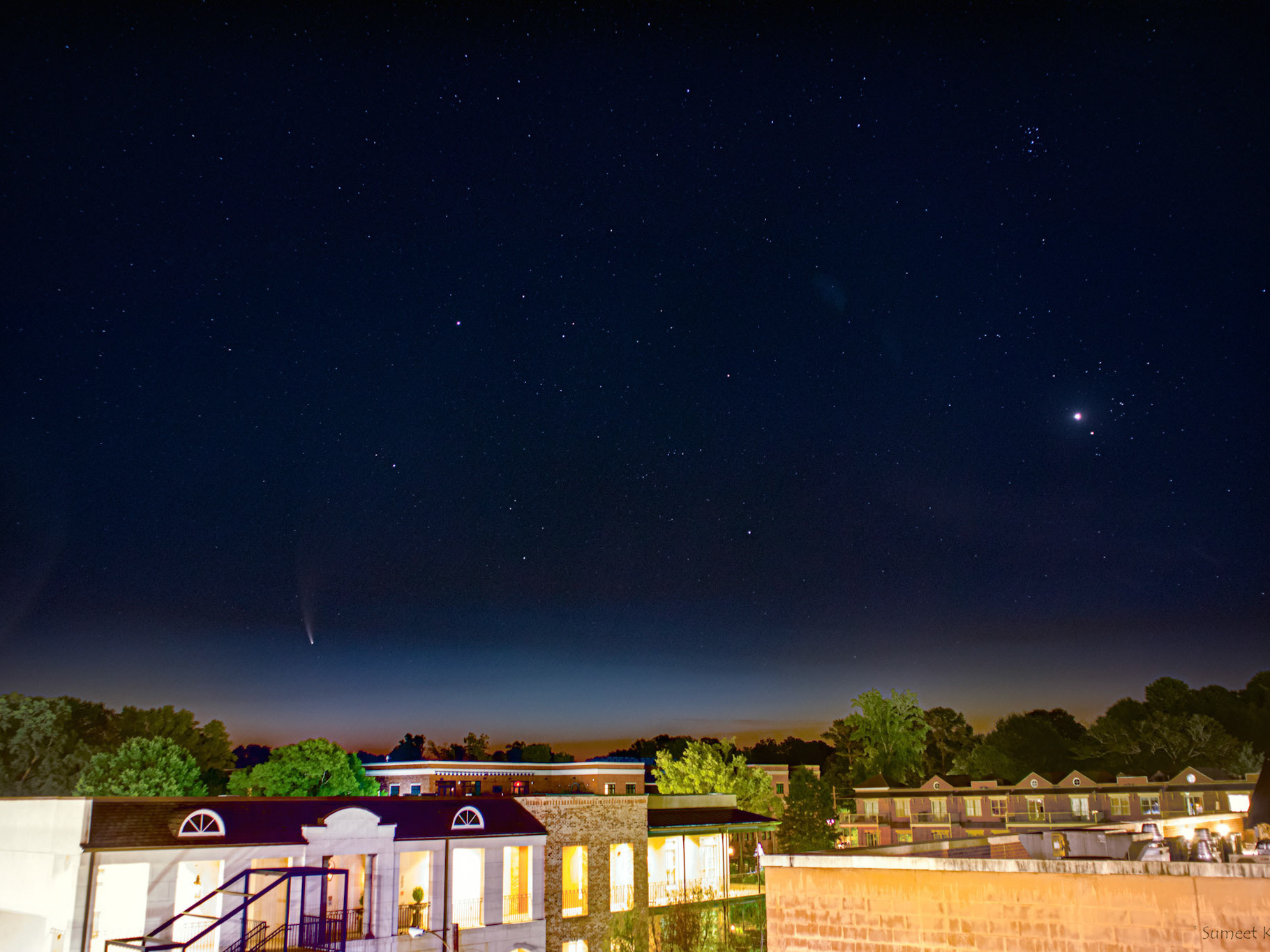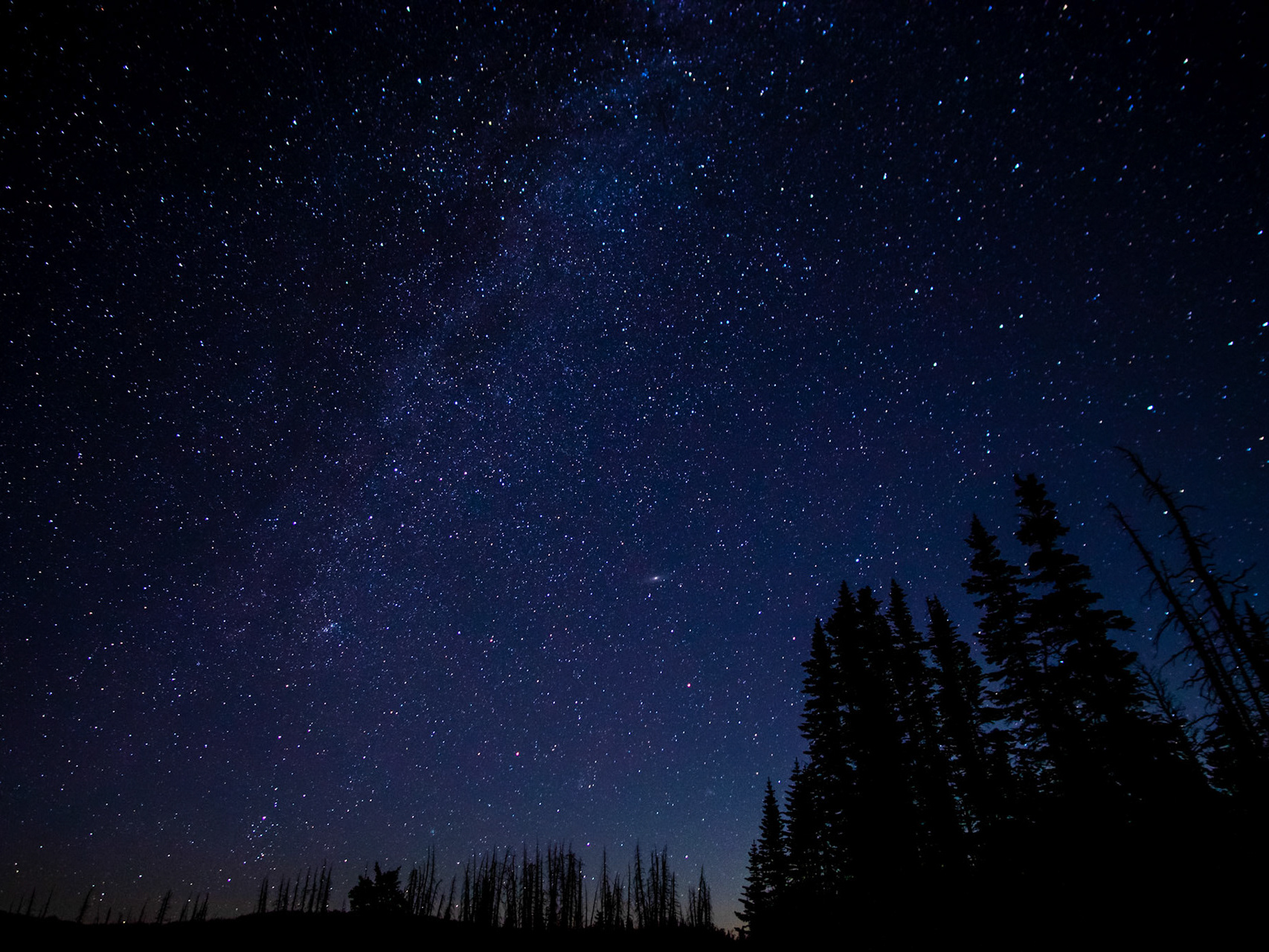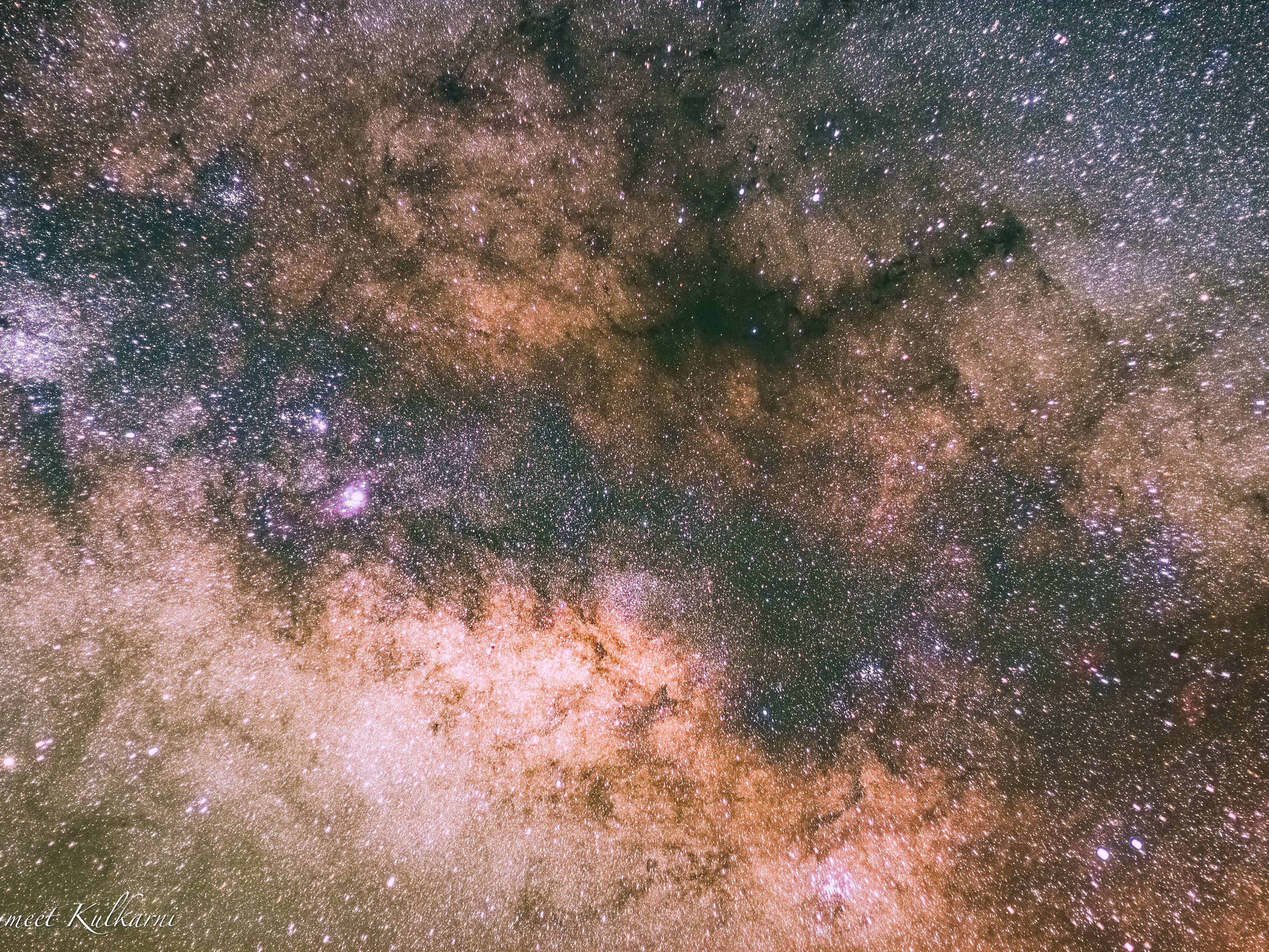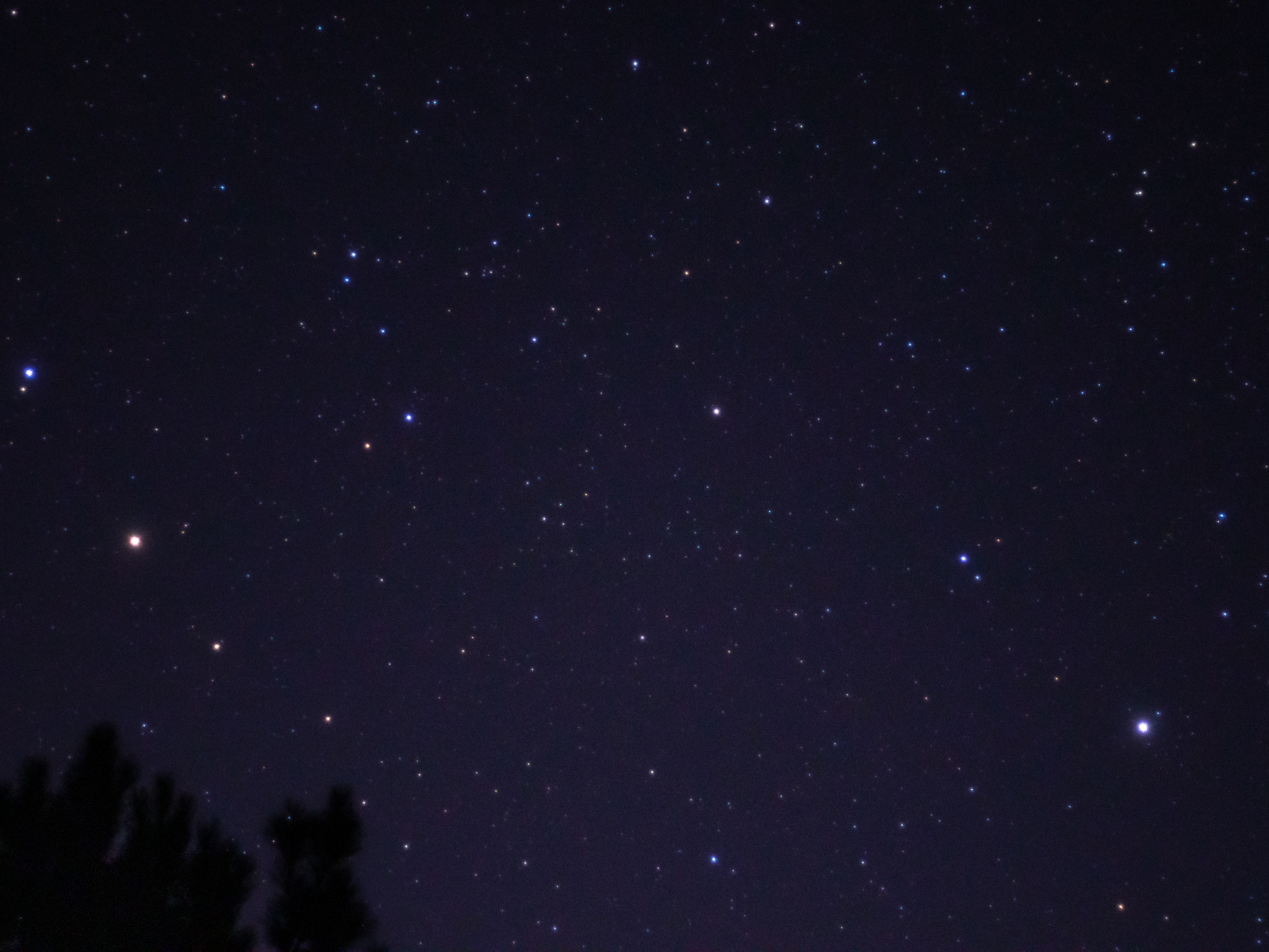The Smile. Taken through an 8" Celestron SCT reflector.
The Crescent. Taken through an 8" Celestron Reflector, stack of 10 images.
The Waxing Gibbous Moon viewed through a large 17" reflector telescope
Contrasting colors of basalt minerals in the seas of Serenity and Tranquility, followed by a trail of craters. First quarter Moon, June 17 2021.
The Tycho crater (85 km. in diameter) and its radiating streaks, on the Southern Moon. One of my first Moon images through a telescope, using my Canon M50 attached to a 12" Meade SCT
Earthshine: The waxing Crescent Moon often has its 'dark' side illuminated due to light bouncing off the Earth's surface. This Earthshine is perceptible to the naked eye as well, and stands out well in a long exposure. Fun fact: the part of the Moon in Earthshine is around 3 seconds older than the part illuminated by the Sun!
The Moon is a great target even when the weather is not the clearest; it looks especially pretty in hazy skies.
The Appenine mountains, one of the largest mountain ranges on the Moon.
Under great seeing conditions and using a 2x Barlow lens: here are the Lunar Alps on the right (pic 2), the 35-mile (55 km) wide Aristillus crater with peaks in its center and brilliant ejecta rays on the left (pic 1), and the flooded Cassini crater which has two sub-craters within at the bottom.
The same Appenine Mountain range, shot during Full Moon: the flatness of the Full Moon light makes it much harder to discern individual features.
Theophilus, intruding into Cyrillus, forms a double crater in the Southeastern region of the Moon. Notice the triple-peaked mountain at the center, it’s about 2 km tall.
